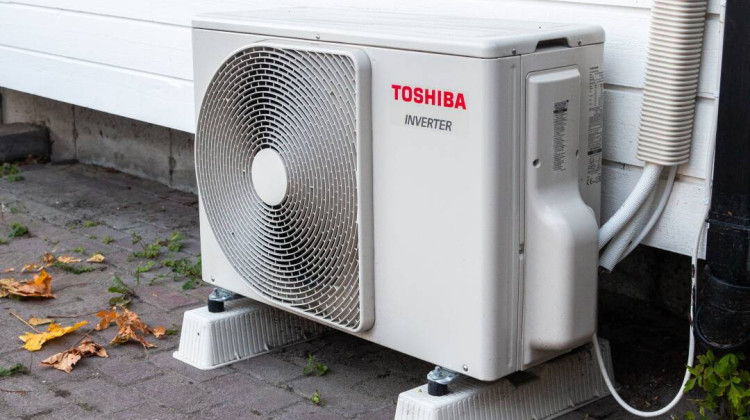
Tenant advocates say they've seen a pileup in new and old eviction filings.
Jimmy Wayne/Creative CommonsTenant advocates say eviction courts have been “insane” as both old and new filings begin to move through Indiana courts.
An estimated 64,000 eviction cases have been filed in the state since the start of the pandemic, with roughly 6,000 filed just since the Centers for Disease Control and Prevention moratorium was struck down in August.
Brandon Beeler is a tenant advocate with Indiana Legal Services. He said dockets in Marion County, where he works, have been packed.
“The eviction courts are insane this month because again, so many cases have been pushed to this month plus just the filings,” he said. “Not only do we have new filings, but we also have a big load of cases that were continued in October.”
Beeler said he feels in the sessions he’s watched, it appears landlords are less interested in accepting payment agreements than they were even a month ago.
“I don’t really know why I’m seeing it more now,” he said. “I don’t know if it’s just that they are out of time and the landlords are frustrated.”
Judge Robert Altice sits on the Indiana Court of Appeals and is a member of the state’s eviction task force. He said early data collected by their group show different counties are distributing federal aid at different rates.
“Certainly some are better than others. That’s one of the things the task force wants to do is dig into those numbers and find these logjams, and see if we can offer suggestions on seeing if we can help this process run smoother,” he said.
Last month, the Indiana State Supreme Court created the eviction task force to create recommendations for distributing Indiana’s roughly $371 million dollars in federal rental assistance.
The state has so far used roughly $198 million in federal rental assistance to help over 21,000 Hoosier families.
“Our first goal is to see that people are aware of this money,” Altice said. “I should also add that I talk a lot about tenants and renters but this is really a landlord and tenant issue as well.”
“The money is moving,” he added. “I think people don’t realize how much the money is moving.”
According to the National Equity Atlas, 65,000 Hoosier households are currently behind on rent.
 DONATE
DONATE







 Support WFYI. We can't do it without you.
Support WFYI. We can't do it without you.